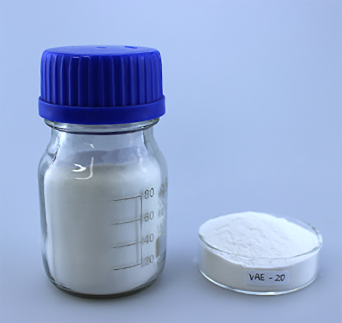
Eka . 21, 2024 13:40 Back to list
Hydroxypropyl methylcellulose (HPMC) is a versatile polymer.
Hydroxypropyl methyl cellulose, commonly abbreviated as HPMC, is a versatile pharmaceutical excipient widely used in the formulation of various dosage forms. This semi-synthetic polymer is derived from naturally occurring cellulose, which is modified through the addition of methoxy and hydroxypropyl groups to improve its solubility and stability in water. The resulting compound possesses unique characteristics that make it an indispensable component in the manufacturing process of tablets, capsules, films, and even some types of suspensions and emulsions. One of the primary functions of HPMC is as a binder in the production of tablets. It provides cohesion between particles, ensuring that the tablet maintains its structure during compression and post-production handling. Moreover, HPMC can act as a release-controlling agent due to its ability to form a gel layer upon contact with aqueous fluids. This property allows for the sustained or controlled release of active pharmaceutical ingredients (APIs), which can optimize therapeutic efficacy by maintaining drug levels within the desired therapeutic window over an extended period. In addition to its role in solid dosage forms, HPMC also finds application in the preparation of film coatings. These coatings protect the core tablet or capsule from environmental factors such as moisture and light while improving the aesthetic appeal and patient acceptability of the medication. Furthermore, the use of HPMC in film coatings can facilitate the development of modified-release dosage forms, where the rate at which the API is released into the body is carefully managed to suit the treatment regimen. Another notable advantage of using HPMC is its non-toxicity and biocompatibility Another notable advantage of using HPMC is its non-toxicity and biocompatibility

Another notable advantage of using HPMC is its non-toxicity and biocompatibility Another notable advantage of using HPMC is its non-toxicity and biocompatibility
hpmc hydroxypropyl methyl cellulose. As a derivative of cellulose, a natural polymer, HPMC is generally recognized as safe (GRAS) for human consumption by regulatory agencies like the U.S. Food and Drug Administration (FDA). Its safety profile makes it suitable for use in a wide range of products intended for oral intake. The properties of HPMC can be tailored to meet specific needs by varying the degree of substitution and molecular weight. High viscosity grades are often used for their thickening and stabilizing effects in suspensions and emulsions, whereas lower viscosity grades are preferred when a less viscous solution is required. In conclusion, hydroxypropyl methyl cellulose is an essential tool in the pharmaceutical industry. Its multifaceted uses, coupled with its biocompatibility and ease of modification, ensure that HPMC will continue to play a crucial role in the advancement of modern drug delivery systems. As science progresses and new applications emerge, the importance of this cellulose derivative is only set to grow, further cementing its place as an invaluable excipient in the ever-evolving field of pharmaceutics.

-
Versatile Hpmc Uses in Different Industries
NewsJun.19,2025
-
Redispersible Powder's Role in Enhancing Durability of Construction Products
NewsJun.19,2025
-
Hydroxyethyl Cellulose Applications Driving Green Industrial Processes
NewsJun.19,2025
-
Exploring Different Redispersible Polymer Powder
NewsJun.19,2025
-
Choosing the Right Mortar Bonding Agent
NewsJun.19,2025
-
Applications and Significance of China Hpmc in Modern Industries
NewsJun.19,2025







